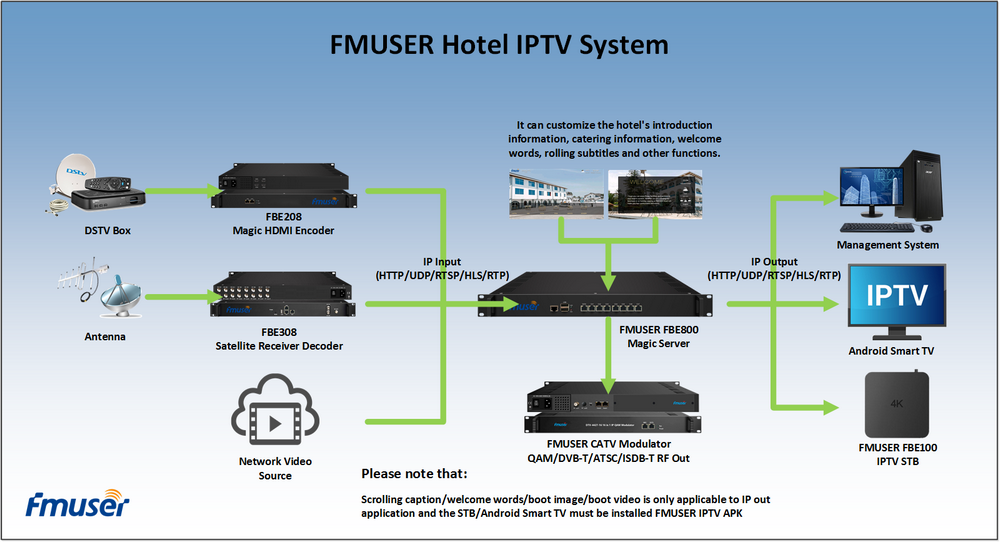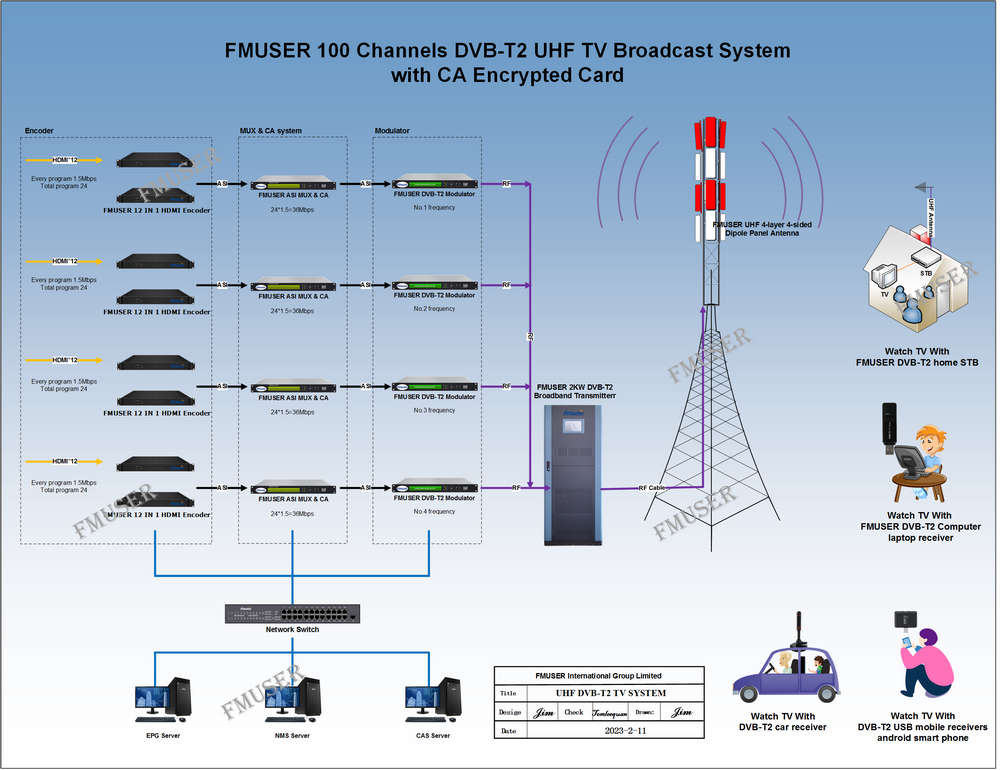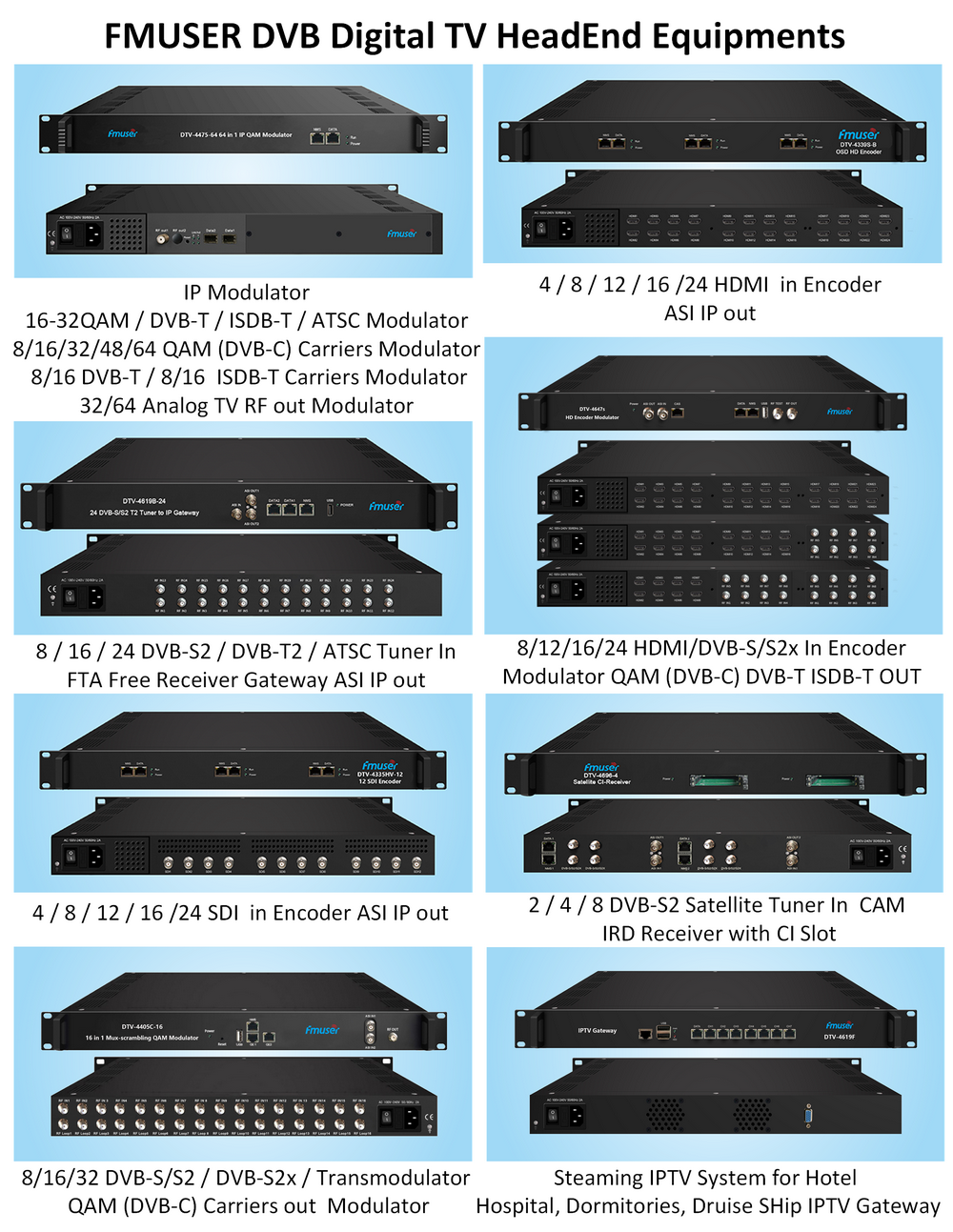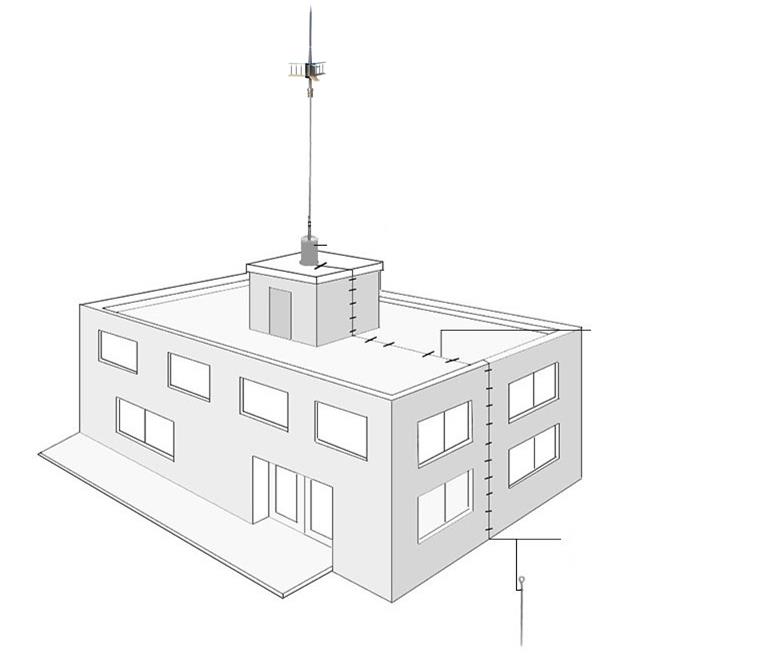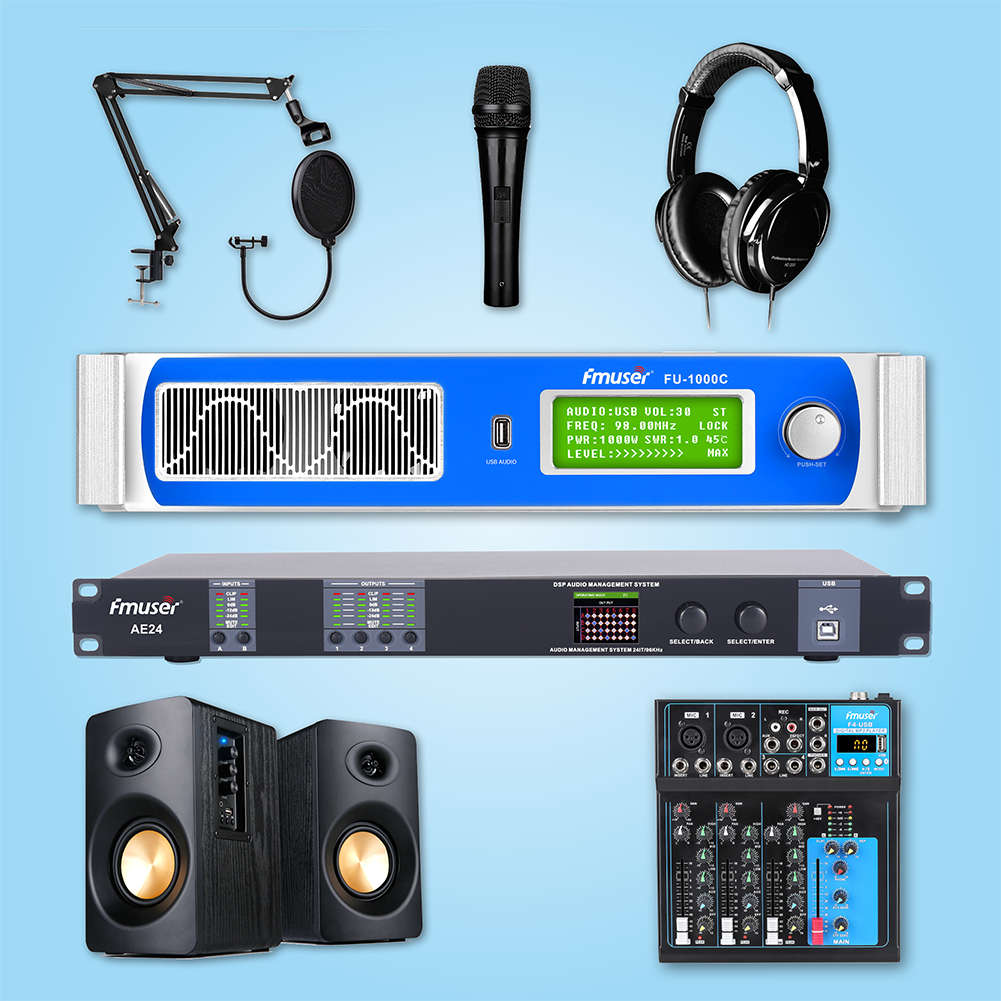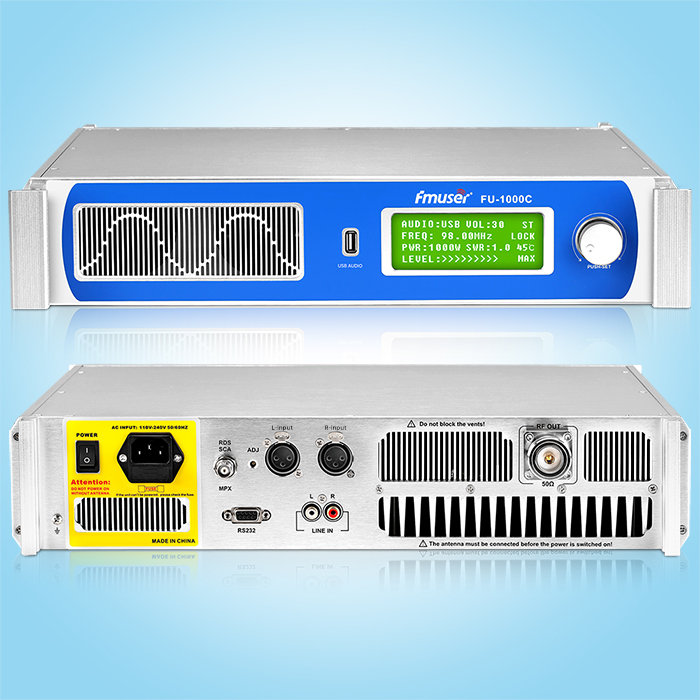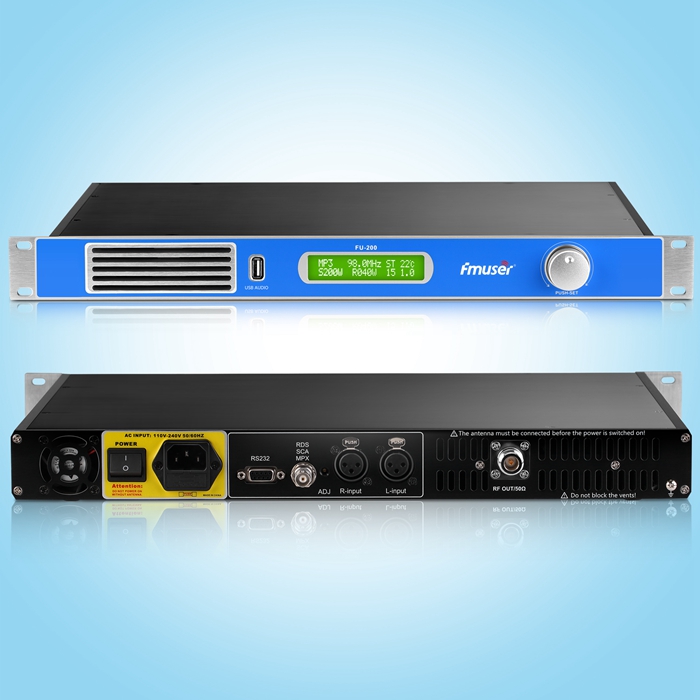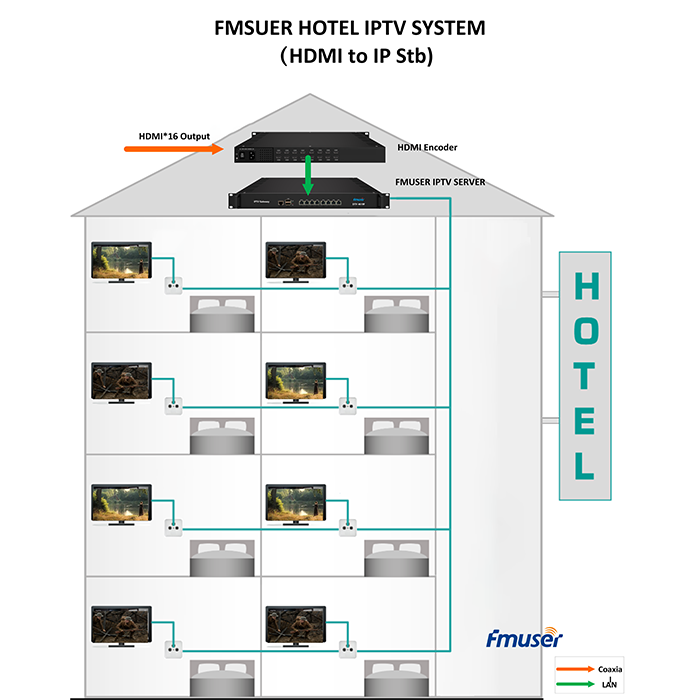This paper compares the three video standards of MPEG-2, MPEG-4 AVC / H.264 and AVS video (GB / T 200090.2), including technical programs, main view test, objective test, complexity, etc. Aspect.
First, the technical comparison
AVS video standard are used the MPEG hybrid coding frame (see FIG. 1), including transformation, quantization, entropy encoding, the intra prediction, inter prediction, loop filter module technology, which is the current mainstream technology roadmap. The main innovation of AVS is to propose a number of specific optimization techniques to achieve international standards and considerable technical performance at a lower complexity, but did not use a lot of complex patent behind international standards. AVS- video technology which have a characteristic core comprising: 8x8 integer transform, quantization, intra prediction, 1/4-pixel accuracy interpolation, special inter prediction motion compensation, entropy coding two-dimensional, in-loop filtering to block effects.
A typical video coding framework FIG.
AVS video encoder block diagram is shown in FIG.
Be
FIG 2 AVS a block diagram of a video encoder
AVS video standard defines three different types of I frame, P frame and B-frame picture, I-frame only intra-macroblock prediction, the macroblock is P and B frames need to be intra prediction or inter prediction the figure is a prediction mode selection switch S0. Prediction residual 88 integer transform (ICT) and quantization, then the quantization coefficient zig-zag scan (using another coding block interlaced scanning), to obtain one-dimensional array of quantized coefficients, quantized coefficients are entropy last coding. AVS video standard and the quantized transform requires only subtraction and shift operations can be completed with a 16-bit precision.
AVS video standard uses a loop filter for filtering the reconstructed image, one can eliminate the blocking effect, improve the subjective quality of the reconstructed image; the other hand the coding efficiency can be improved. Filtering strength may be adaptively adjusted.
AVS standard supports a variety of video services, taking into account interoperability, AVS standard is defined between the different business grade (profile) and level (level). AVS is a subset grade defined syntax and semantics of the algorithm; level syntax element is defined syntax and parameter values of the set of elements in a certain grade. In order to meet the needs of high-definition / standard-definition digital television broadcasting, digital storage media and other business, AVS video standard defines the benchmark grade (Jizhun profile) and four levels (4.0,4.2,6.0 and 6.2), the maximum supported image resolution from 720576 to 19201080, from the maximum bit rate of 10 Mbit / s to 30 Mbit / s.
Table 1 AVS and MPEG-2, MPEG-4 AVC / H.264 and compared between the estimated performance differences using
Video coding standard
MPEG-2 video
MPEG-4 AVC / H.264 video
AVS Video
AVS Video to AVC / H.264 performance difference estimate
(Using dB SNR estimation, the percentage in parentheses is the rate difference)
The intra prediction
DC coefficient prediction only difference in the frequency domain
Based on 44, 9 luma prediction mode, chroma prediction mode four kinds
Based on 88, 5 luma prediction mode, chroma prediction mode four kinds
Roughly equal
Multiple reference frame prediction
Only one
Up to 16
Up to 2
Rather, the number of frames to increase the performance is not obvious when the two are used
Variable block size motion compensation
1616
168 (field coding)
16 × 16,16 × 8,8 × 16,8 × 8,8 × 4,4 × 8,4 × 4
16 × 16,16 × 8,8 × 16,8 × 8
Reduced by about 0.1dB
(2-4%)
B frame macroblock coding mode directly
none
Independent spatial or temporal prediction mode, if the block after a motion vector is derived for an intra-coded reference frames to which motion vectors depending on only 0, is still used to predict
When combined spatial domain, the time domain for deriving a motion vector for the block is intra-coded, using motion vector prediction airspace adjacent block in the reference frame
Improve 0.2-0.3dB
(5%)
B frame macroblock bidirectional prediction mode
Back and forth motion vectors encoding two
Back and forth motion vectors encoding two
Known as symmetric prediction mode, only one forward motion vector encoding, after a motion vector by the front guide
Roughly equal
¼ pixel motion compensation
Bilinear interpolation only at half-pixel positions
½ pixel position using the 6-tap filter, ¼ linear interpolation pixel position
Sign 4 ½ pixel position using filtering, ¼ pixel position using 4 Sign filtering, linear interpolation
Roughly equal
Transform and quantization
Floating-point 8 × 8 DCT transform, quantization division
4 × 4 integral transform, encoding and decoding side needs normalized, quantized transform combined normalized by multiplication, shifting to achieve
8 × 8 integer transform, the encoder is converted normalized, quantized transform normalized combined by multiplication, shifting to achieve
Increased by about 0.1dB (2%)
Entropy coding
Single VLC table, poor adaptability
CAVLC: high correlation with the peripheral blocks, achieve more complex
CABAC: the calculation is more complex
Context adaptive 2D-VLC, block coefficient encoding process for multi-code table switching
Reduced by about 0.5dB (10-15%)
Loop filter
none
Based on 4 × 4 block edges, the filter strength classification range, the computational complexity
Based on 8 × 8 block edges, a simple classification filter strength, less filtering pixel, low computational complexity
-
Fault-tolerant coding
Simple bands divided
Data division, complex FMO / ASO like macro block, slice organization mechanism for forcing Intra refresh block coding, intra prediction binding
Simple strip dividing mechanism sufficient for broadcast applications, error concealment, recovery needs
-
DCT (Discrete Cosine Transform): Discrete Cosine Transform
VLC (Variable Length Coding): variable length coding
CAVLC (Context-based Adaptive Variable Length Coding): context-based adaptive variable length code
CABAC (Context-based Adaptive Binary Arithmetic Coding): context-based adaptive binary arithmetic coding
FMO (Flexible Macroblock Ordering): Flexible macroblock ordering
ASO (Arbitrary Slice Ordering): arbitrary slice arrangement
Second, the objective and subjective evaluation test
Evaluation Criteria compression effect of subjective evaluation and objective evaluation of two kinds of advantages and disadvantages. Subjective judgment is the difference after hire dedicated staff to evaluate the comparative compressed and then restore the original audio-visual effects and effects, often subjective ratings according to certain rules in a special audio-visual environment. Objective evaluation is to count the multimedia data loss compression result by a particular algorithm, such as signal to noise ratio SNR (i.e., the number of signal to noise ratio). Subjective judgment and objective judgment sometimes vary widely, and therefore a measure of the quality of an algorithm needs to find a balance between the two. Evaluation of a set of standards, the development process is usually the method of objective evaluation, but eventually confirmed the subjective evaluation. Technology area
Tektron supports Amazon (AWS) media service, providing quality assurance for end-to-end video
IMEC is about to shock the first short-wave infrared (SWIR) band hyperspectral imaging camera
4K super high-definition home theater projector brings HD experience, full of fun
Video display system design based on unified calculation architecture technology
Apple TV 4K dismantling report: familiar modular components
Our other product:


